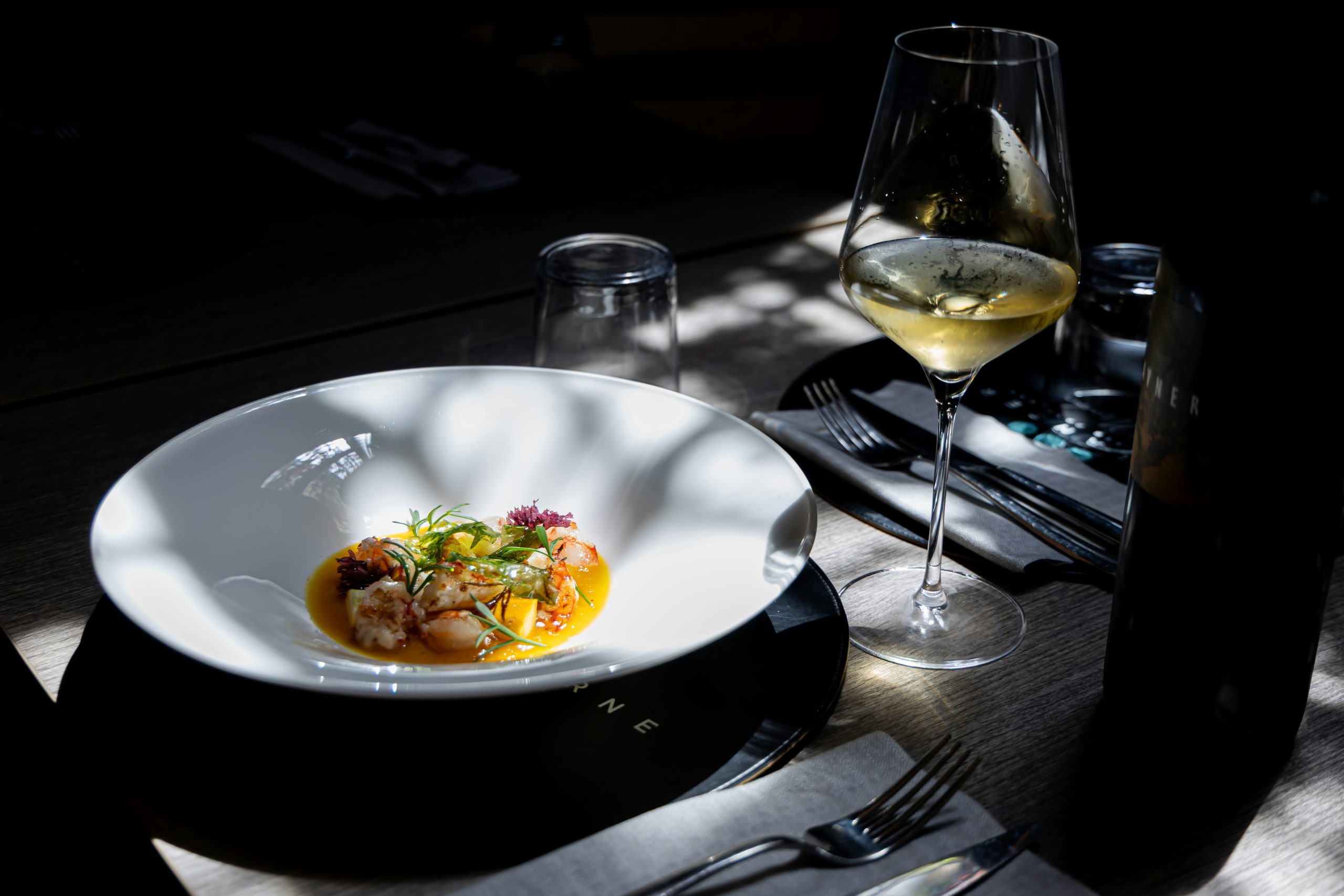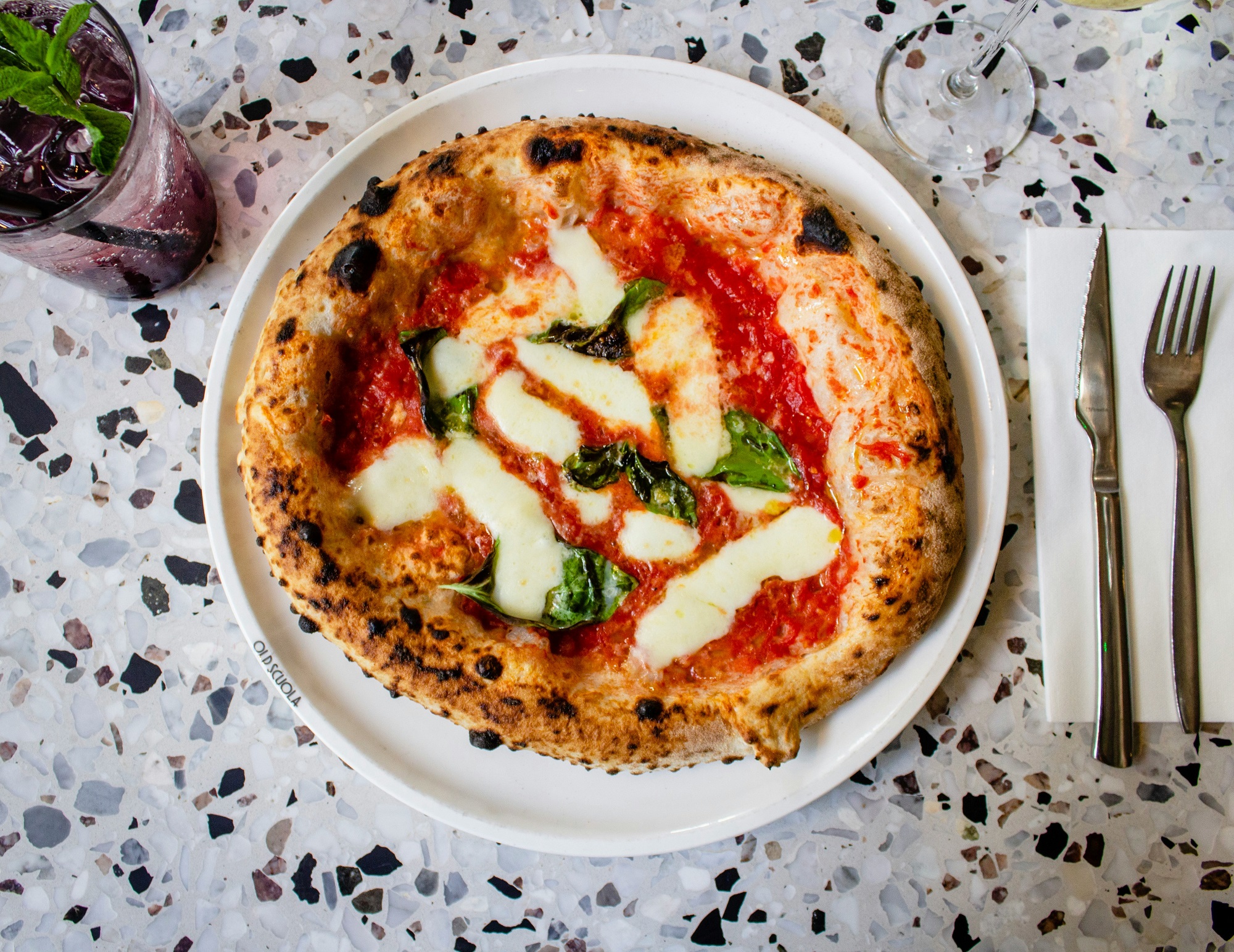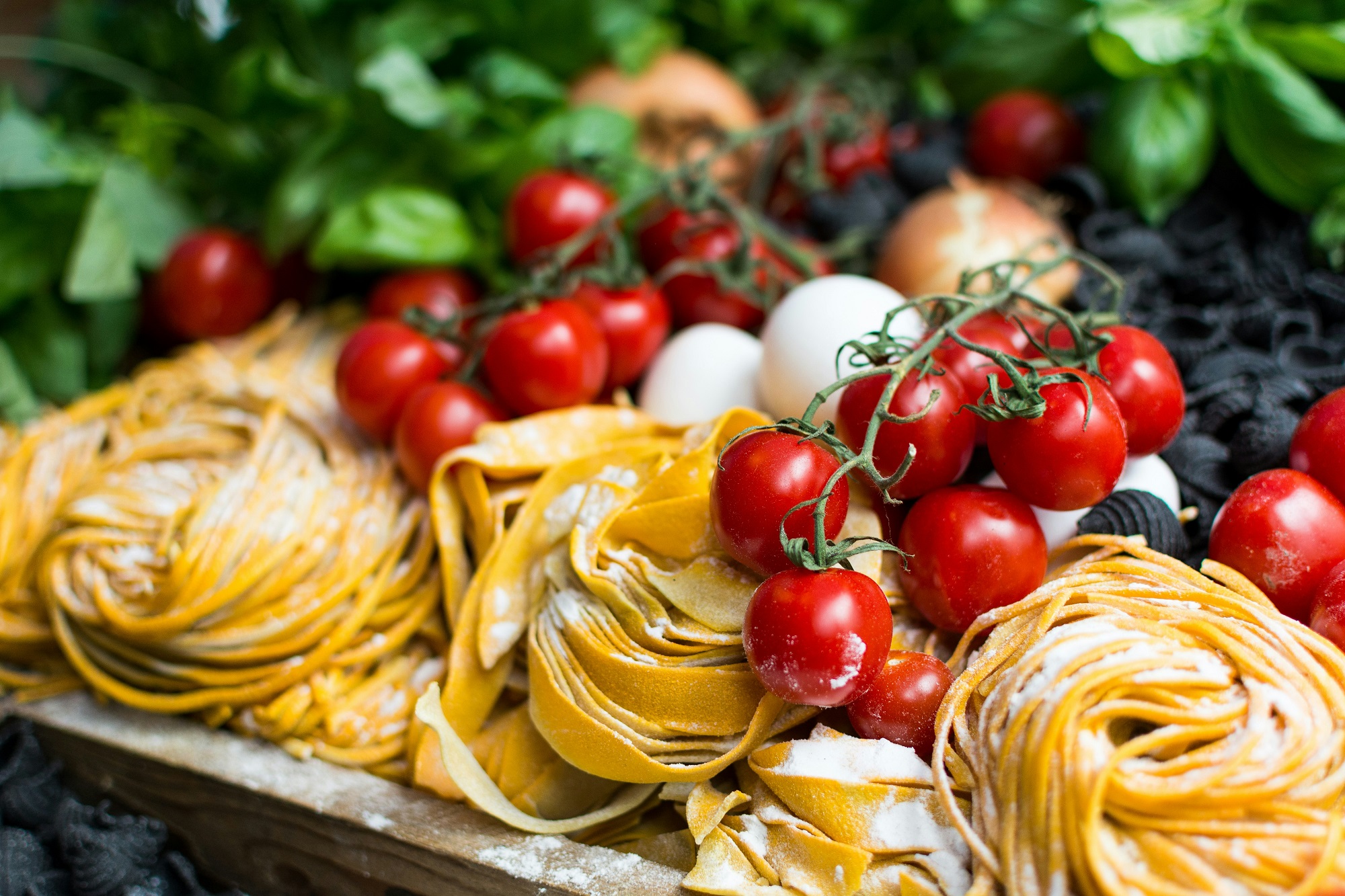Classic Italian Foods Get a Modern Restaurant Redux

Italian food is well known for its depth of heritage, rich flavors, and simplicity. Even the classics are subject to evolution in the fast-paced realm of contemporary gastronomy.
A new generation of chefs is giving Italy’s favorite dishes a makeover. They are fusing traditional recipes with modern twists. This development will redefine the dining experience. It will also please both traditionalists and daring foodies.
History of Italian Cuisine
Italian food has ancient roots. It’s shaped by regional dishes and many cultures. Italy’s food is as diverse as its history. It ranges from the seaside gems of Sicily to the rich plains of Emilia-Romagna. The ancient Romans brought techniques for curing meats and preserving vegetables. Sicily’s Arab influence added spices and citrus fruits. Over time, each region developed its own personality. This created a patchwork of flavors in Italy’s rich culinary history.
Reviving Tradition: How Italian Classics Are Being Modernized by Chefs
Today’s chefs, inspired by this rich history, are reimagining Italy’s most beloved gastronomic delights to breathe new life into classic dishes. This change aims to revive cherished recipes, not abandon tradition. You might find a risotto alla Milanese topped with sea urchin. Or, a reinvented carbonara with truffle-infused pecorino. Italian cooking is defined by its high-quality, locally sourced ingredients. This remains the focus, but a twist surprises and delights customers.

Many chefs are using modern methods like sous-vide and molecular gastronomy. They want to innovate while keeping their dishes authentic. It lets them experiment with flavors and textures. They can enrich the classic meals without losing their core qualities. For instance, modern eateries in Rome and Milan use this strategy. They serve popular yet intriguing new takes on classic meals.
Classic Italian Dishes: From Tradition to Contemporary Re-imagining
Pasta alla Norma, osso buco, and margherita pizza are Italian classics. They have been loved for generations. But because of contemporary upgrades, they are experiencing a comeback nowadays. Here are some instances of how these timeless works are being re-imagined:
- Pasta Alla Norma: This Sicilian dish uses ricotta salata, tomatoes, and fried eggplant. Today, deconstructed presentations and baked eggplant are examples of current trends. Each item in a deconstructed presentation must shine on its own.
- Osso Buco: A Lombardy dish of slow-cooked veal shank. It is often served with risotto alla Milanese. To add a surprise, modern chefs are experimenting with new meat cuts and flavors like miso and lemongrass.
- Margherita Pizza: The classic Neapolitan pizza is still a favorite. But menus are now adding vegan options and toppings. They include burrata and heirloom tomatoes.

These dishes let guests feel nostalgia and novelty in one bite. They show how to update Italian classics for modern tastes. It must not lose its essence.
Regional Flavors: Showcasing Italy’s Diverse Cuisine in Contemporary Menus
The evolution of Italian food is significantly influenced by regional variety. From the fresh seafood of Sardinia to the truffles of Umbria, each region has its own specialties. Modern restaurant menus reflect their location. Chefs take pride in showcasing the best local foods, adding their own style.
The south of Italy loves sun-drenched tomatoes and olives. The north, like Piedmont, is known for its rich, buttery cuisine. Chefs can create meals that respect Italy’s culinary traditions by highlighting regional features. This will appeal to a global clientele. For instance, modern restaurants are serving recipes like pesto alla Genovese. They use vegan cheese instead of Parmigiano-Reggiano and kale instead of basil.
Also, the Italian slow food movement values regional foods and eco-friendly cooking. This idea has greatly affected modern Italian dining. It has promoted a return to simplicity and freshness with some creative twists.

Italian Cuisine’s Future: Trends Affecting Contemporary Dining Establishments
Several trends are emerging in the restaurant industry. This is as Italian cuisine evolves. Many Italian restaurants are now serving plant-based versions of classic dishes. Customers want healthier, eco-friendly options. So, look for creative twists on classic dishes, like eggplant parmigiana or vegan lasagna.
- Sustainable and Zero-Waste Cooking: The zero-waste movement fits with Italian cuisine’s focus on fresh, simple ingredients. Contemporary cooks are reducing food waste. They use less common cuts of meat and vegetable leftovers for broths.
- Fusion Cuisine: Dishes that blend Italian methods with Asian, African, or Latin American ingredients are becoming more popular. Fusion cuisine combines Italian flavors with international influences. This method exposes customers to new flavors. It offers a fresh take on Italian cooking.
These trends show the dynamic nature of Italian cuisine. It balances tradition with a desire for innovation. As more chefs and diners embrace these changes, Italian dining has a bright, diverse future.
A blend of tradition and inventiveness is reviving Italy’s traditional cuisine. Italian food shows it can change while keeping its roots. It does this by using local ingredients in modern dishes and by putting a fresh spin on old favorites. Italy’s top restaurants and cuisines offer a unique, tasty experience. It is perfect for anyone wanting to taste these delicacies.



Leave a comment